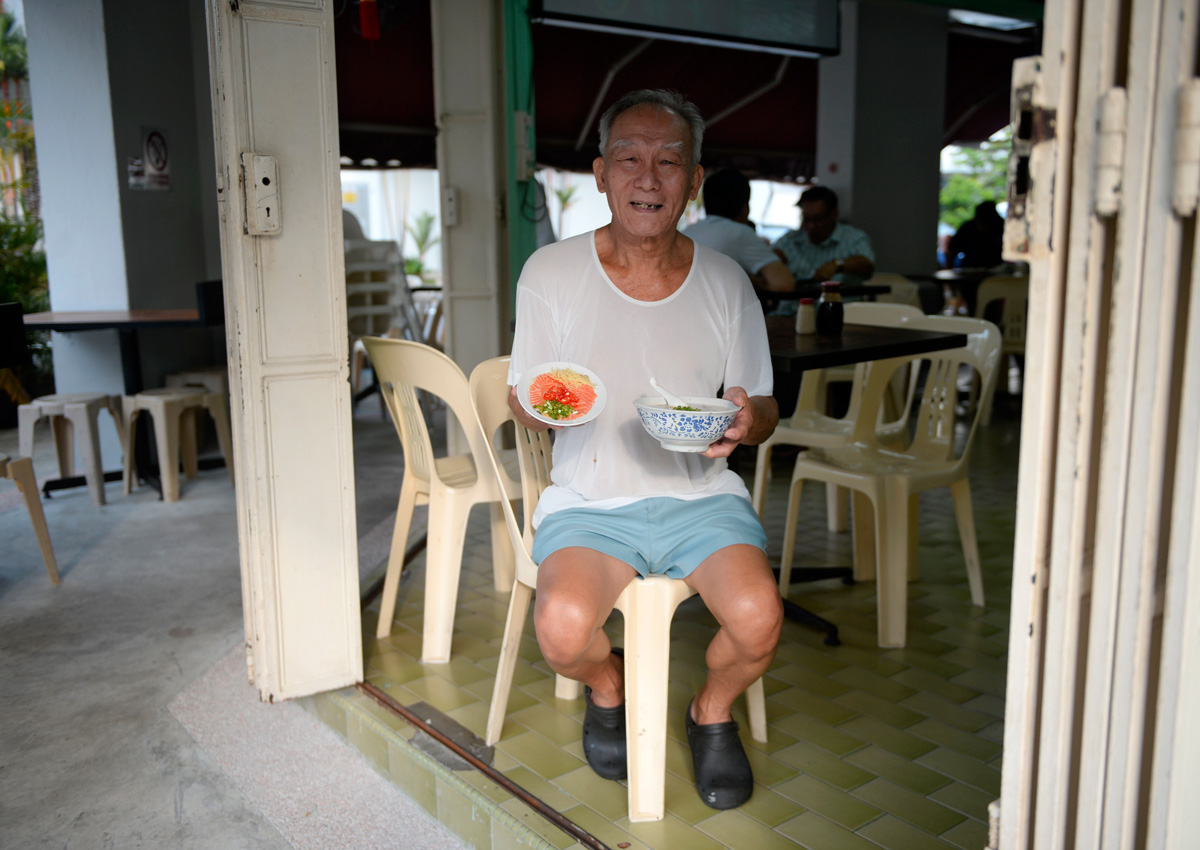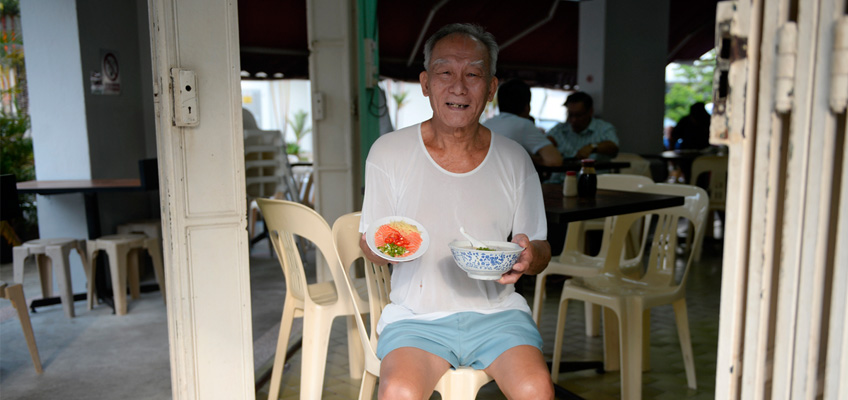The Group B streptococcus (GBS) bacteria outbreak may have died down, but stalls which used to sell ready-to-eat raw-fish dishes are still reeling from the effects of the scare.
Food stall owners interviewed by The Sunday Times said they have seen their takings drop drastically. Mr Kiang Choon Tong, 68, stallholder of Soon Heng Pork and Fish Porridge at Amoy Street Food Centre, said business has fallen 60 per cent compared to November last year. His stall now sells only pork porridge.
Lye Bo at Alexandra Village Food Centre has switched to selling noodles instead of porridge. “People still cannot get over it (the GBS outbreak). It is not just going to the hospital a few days, but having to amputate your limbs,” said Madam Lee Wai Ping, 41, one of its stallholders.
Mr Tan Whee Boon, 51, a former technician, had his hands and feet amputated last August after he suffered food poisoning from eating a raw-fish dish.
In December last year, the National Environment Agency (NEA) banned food outlets from using freshwater fish in all ready-to-eat raw-fish dishes. This was after about 150 GBS cases were linked to the consumption of raw freshwater fish toman (snakehead) and song fish (Asian bighead carp), which are typically eaten with porridge .
In response to ST queries, NEA, the Ministry of Health (MOH) and the Agri-Food and Veterinary Authority (AVA) said the ban on using freshwater fish in raw-fish dishes will remain until further notice.
After the ban, some stalls obtained approval to use saltwater salmon in their raw-fish dishes instead, but this has not helped them win back their customers.
Ah Chiang Porridge in Tiong Poh Road, for instance, got the approval to sell ready-to-eat raw salmon in January but its stall supervisor Cher Kee Chiang, 69, said business has plummeted. “Before the incident, we sold about 250 plates of ready-to-eat raw fish every weekday, now we sell at most 35 plates.
“People don’t really like the Norwegian salmon we sell, because it is too soft. It does not suit Singaporeans’ taste.”
As of March 31, 30 food stalls were approved by NEA to resume the sale of ready-to-eat raw-fish, or mainly salmon, dishes. They include those in hotels and hawker centres. GBS bacteria are commonly found in the gut and urinary tract in about 15 to 30 per cent of adults without causing any disease, but they may sometimes cause infections of the skin, joints, heart and brain. There were more than 350 GBS infection cases last year, with two fatalities.
In their reply dated April 4, the authorities said that there have been fewer than five GBS cases a week so far this year, similar to the usual “baseline” figures. This compares with nine to 10 cases per week for the first six months of last year.
“We are unable to establish any link between the baseline GBS cases and consumption of raw fish,” said MOH, NEA and AVA.
Mr Cher hopes there will be some clear answers soon about last year’s GBS outbreak.
“We want to know the origins of the problem, whether it was due to problems with the fish, or improper handling practices. We don’t know the clear reason why we cannot sell raw fish,” he added.
Not all customers, however, remain wary of eating raw fish.
Sales manager Jerryl Ling, 24, is glad that stalls are now selling raw salmon with porridge. “I enjoy sashimi, and I love Chinese yu sheng. I was quite devastated when GBS broke out and I couldn’t eat the song fish,” he said.
kcarolyn@sph.com.sg
trebecca@sph.com.sg

This article was first published on April 17, 2016.
Get a copy of The Straits Times or go to straitstimes.com for more stories.







